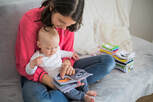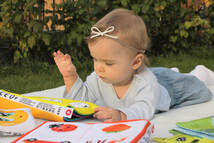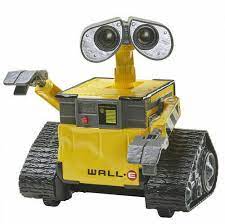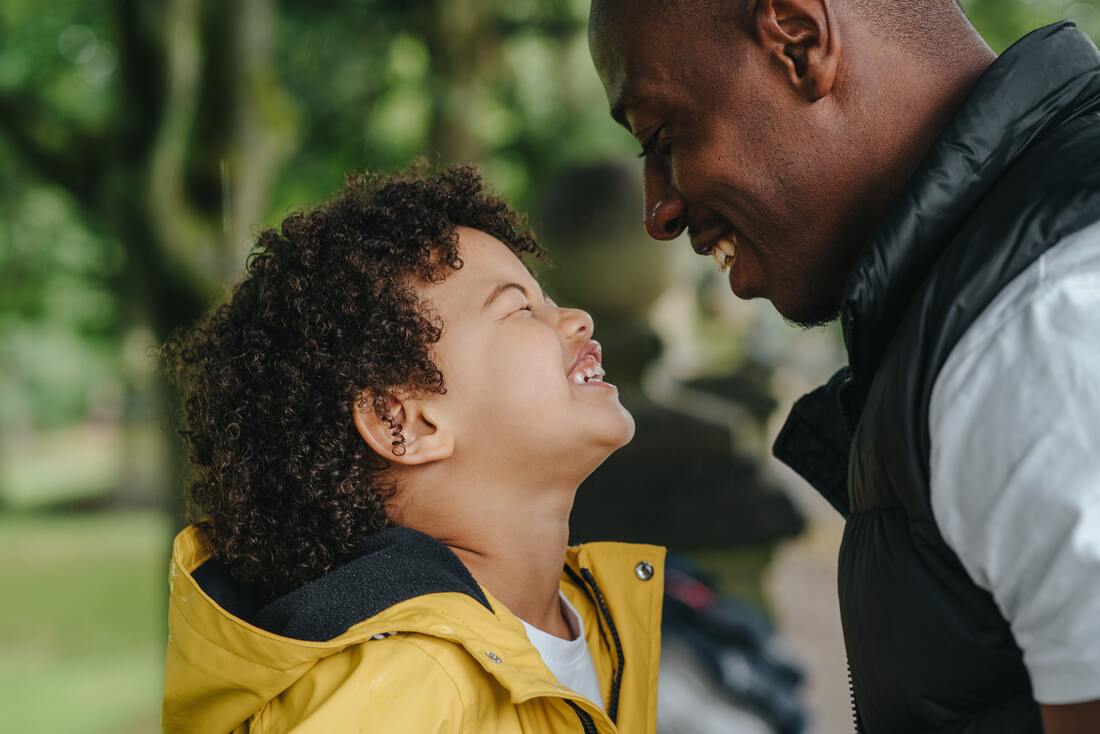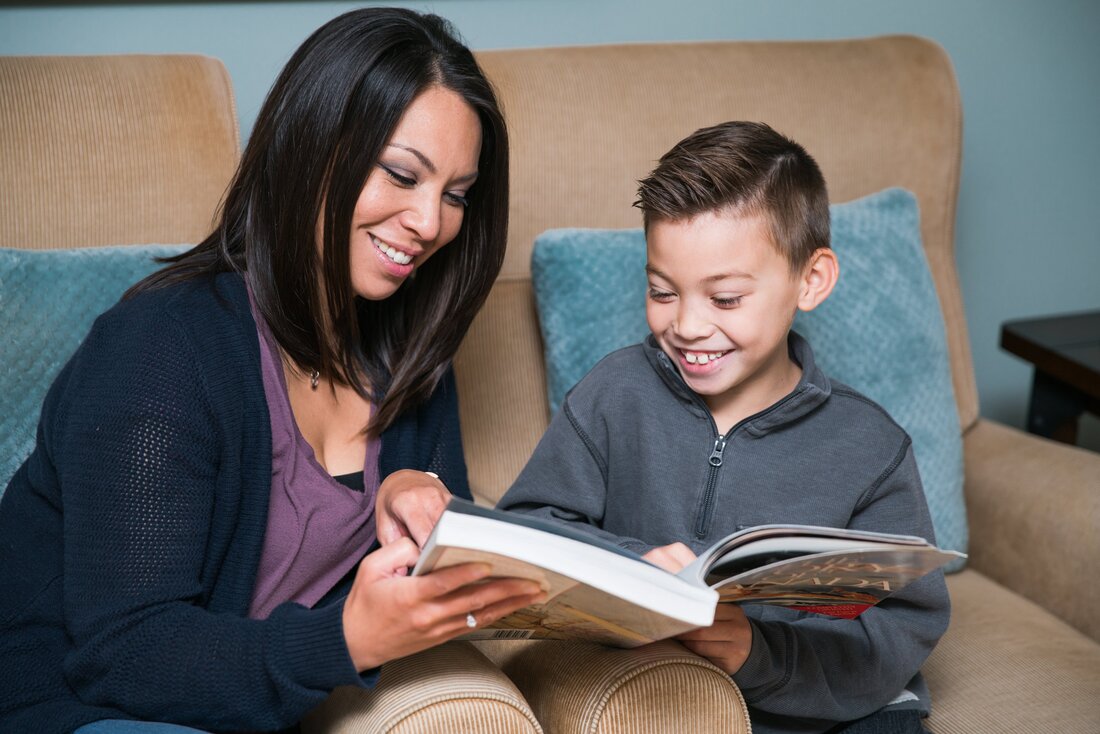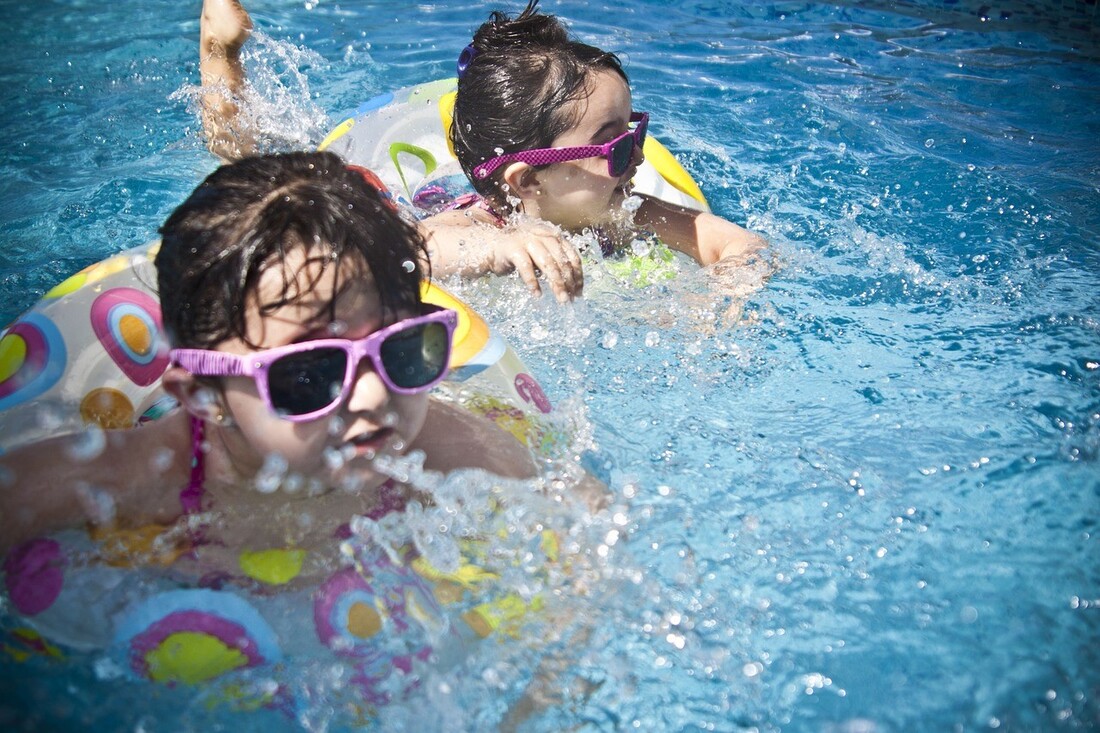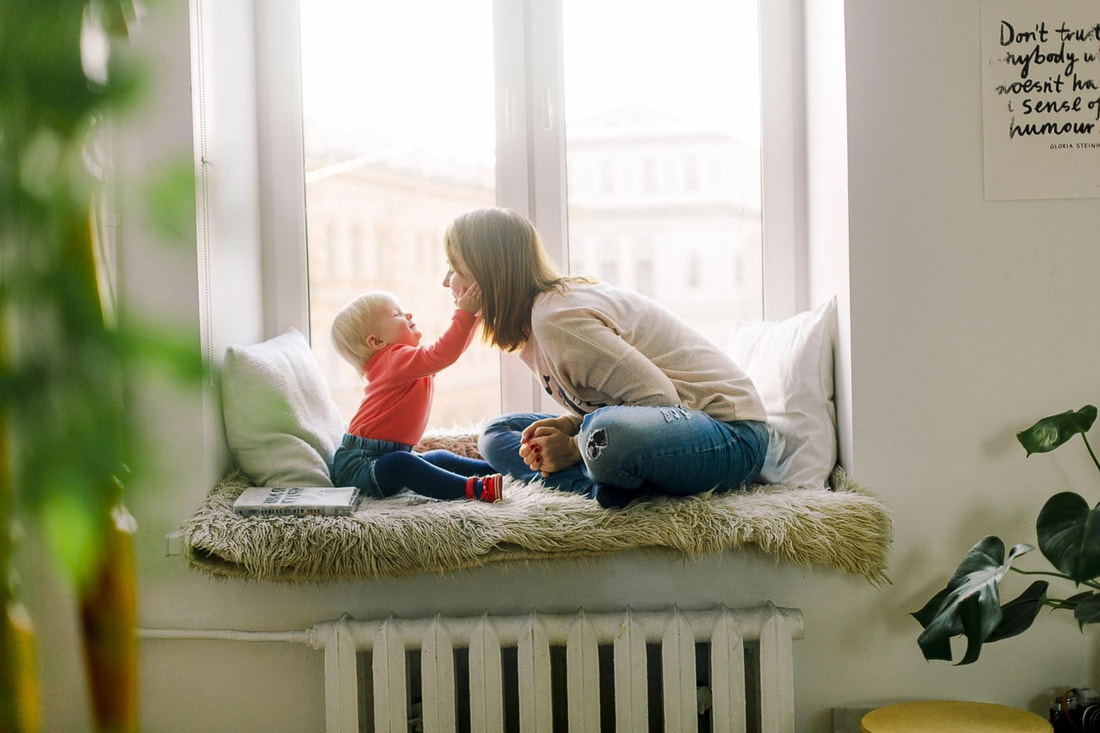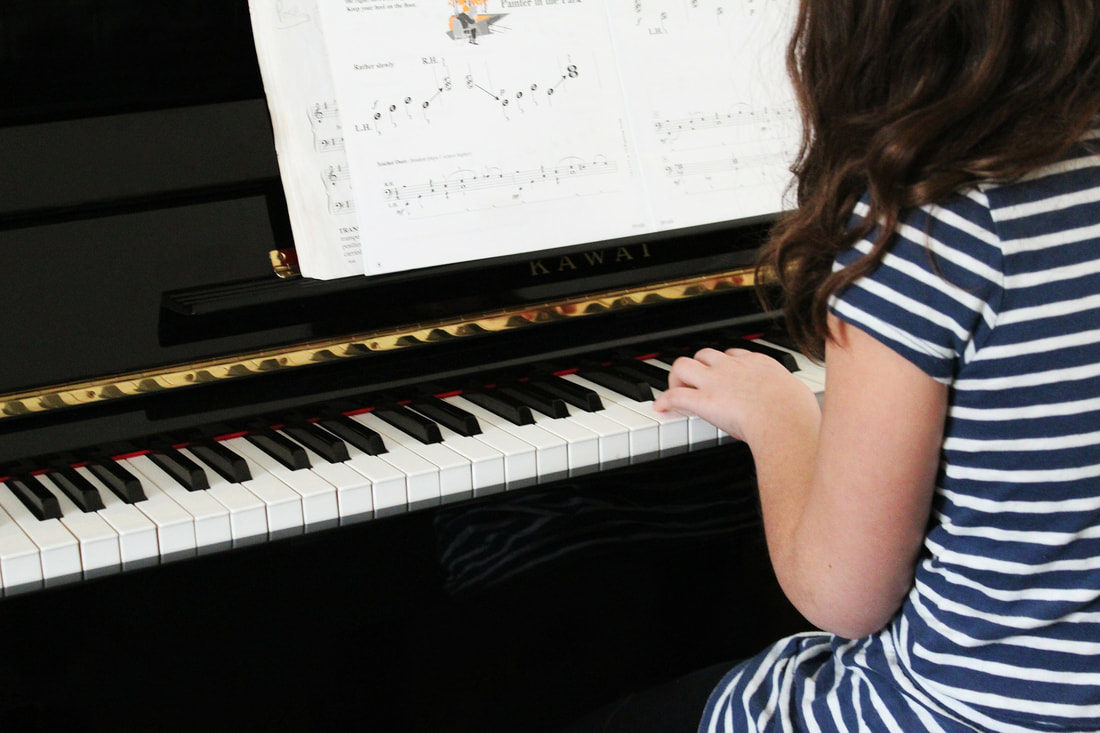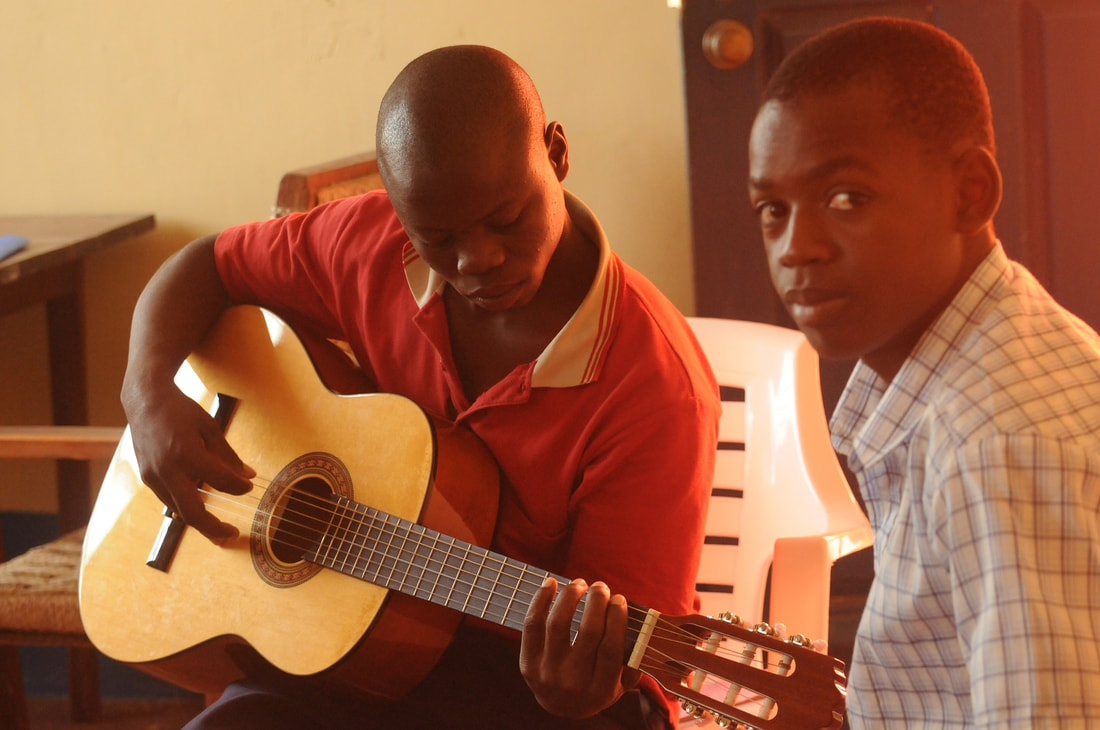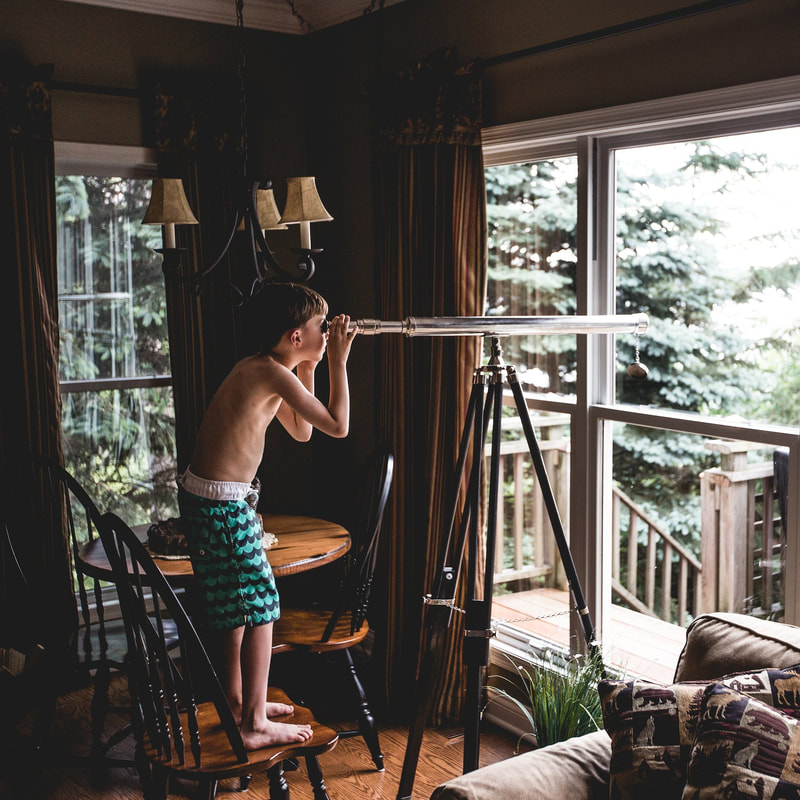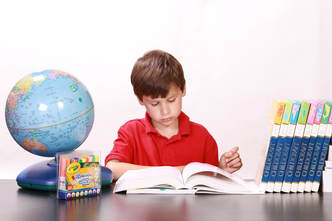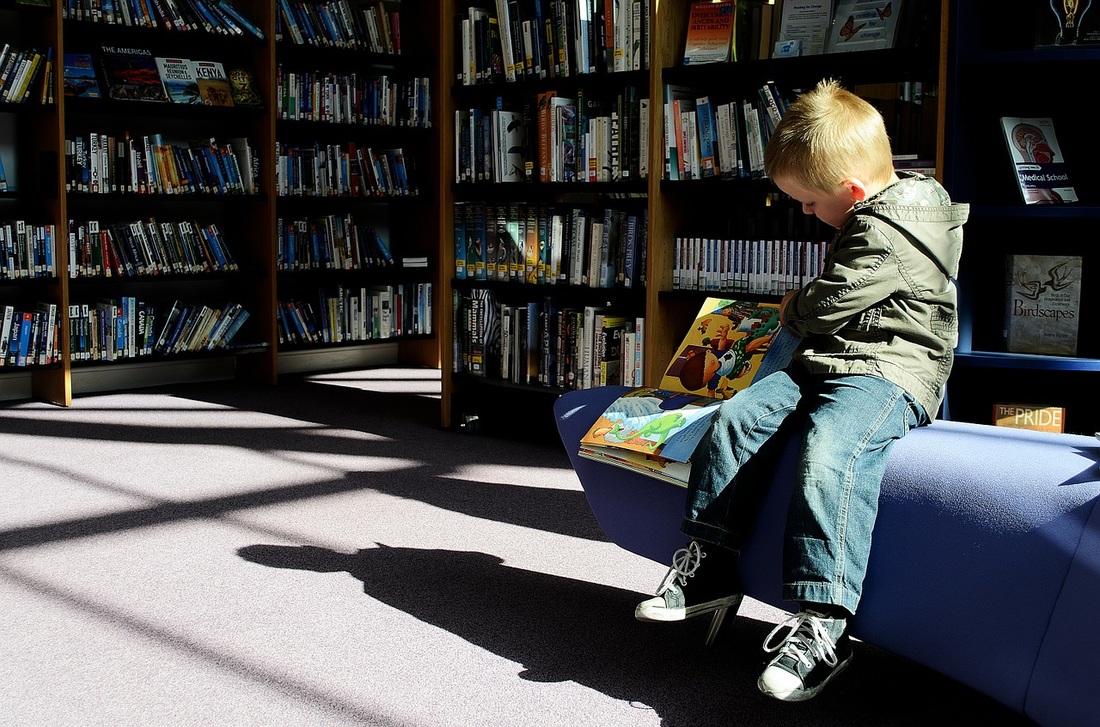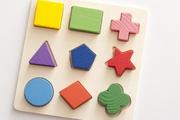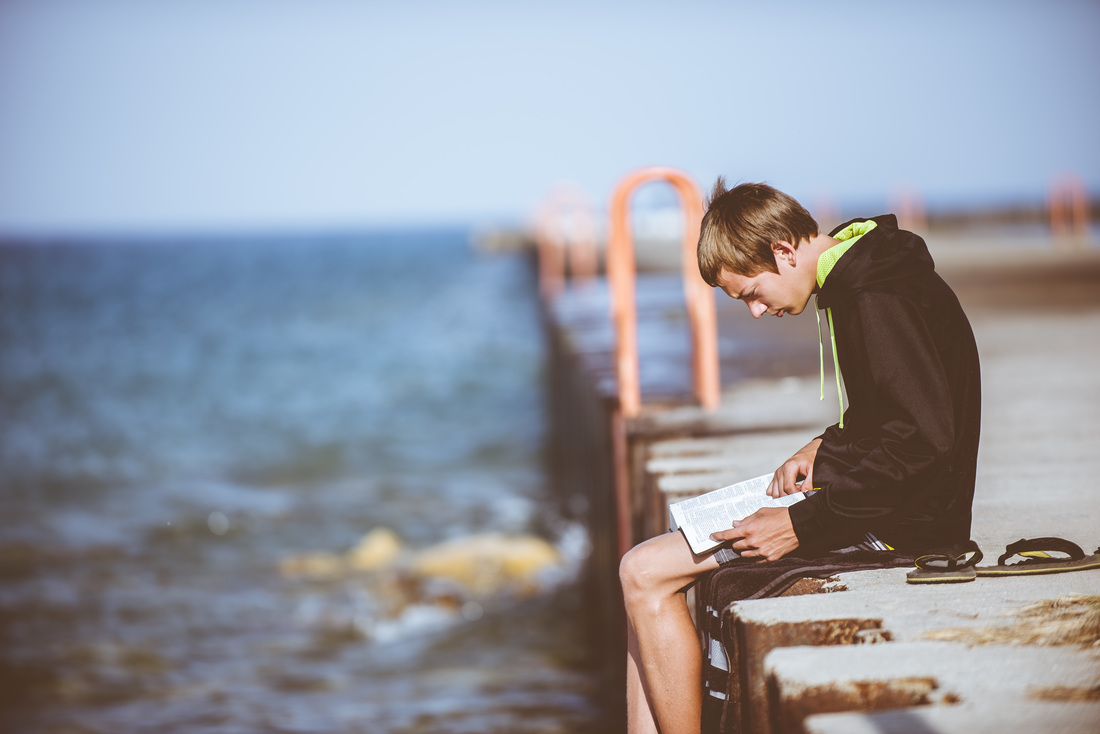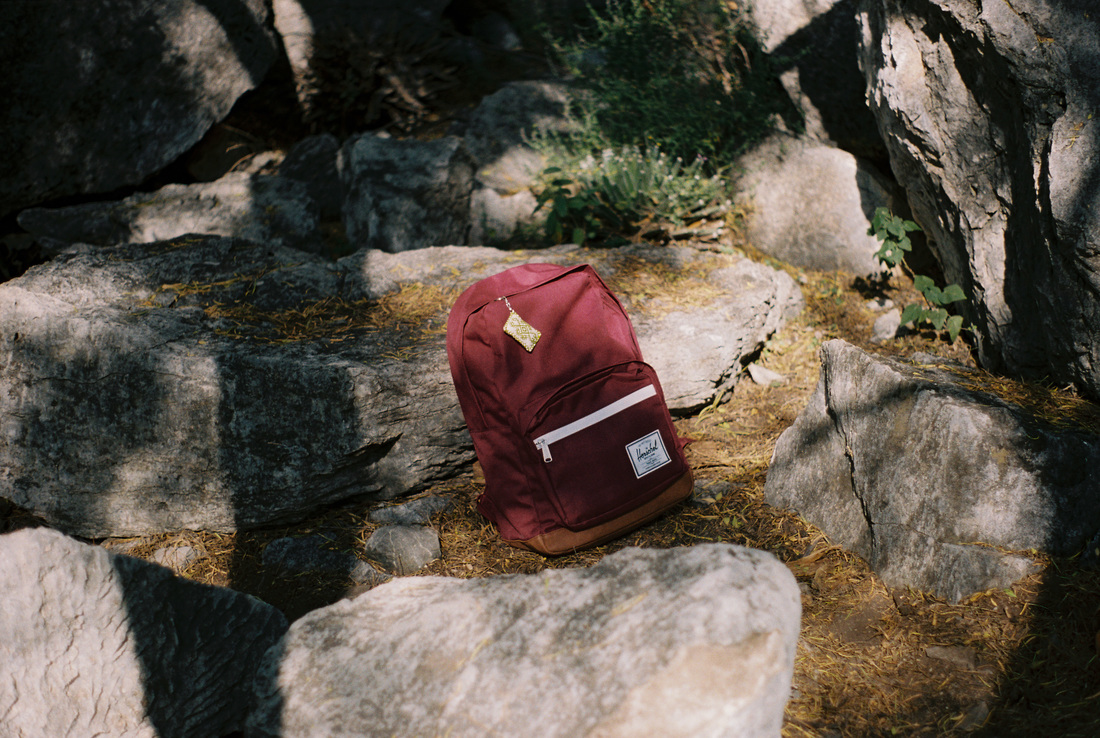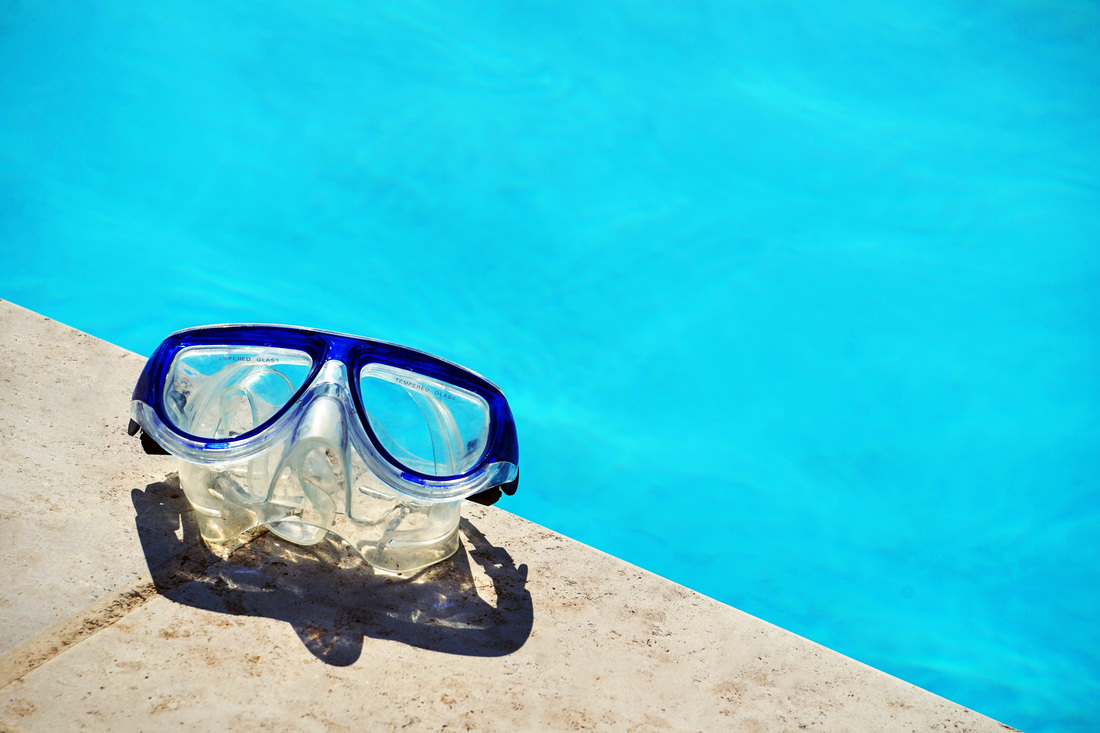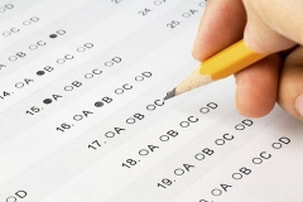| Fostering a lifelong love for reading is more crucial than ever as technology evolves. As parents, you play a pivotal role in nurturing a love for books and helping kids excel in their education. Let's delve into this guide for parents, aiming to create reader-friendly environments at home and instill a lifelong appreciation for the written word. |
Why Should Children Nurture Their Reading Skills?
The benefits of learning to read and learning to love reading are huge. Cognitively, engaging with books and written material has been shown to have a calming effect on the mind, reducing stress levels. Not to mention, immersing yourself in a good book can transport you to different worlds, allowing you to experience other cultures, experiences, and people. And it doesn't end there! Reading stimulates the brain, enhancing cognitive function and overall mental well-being. So, not only is reading an enjoyable pastime, but it also contributes to our mental health and resilience, which can help children perform better in school and life.
Nurturing a Lifelong Love for Reading
Here's our practical advice for nurturing a lifelong love for reading in your home. It all starts with you!
Lead by example and demonstrate your own enthusiasm for reading. Try to make reading a part of your daily routine, whether enjoying a novel with your morning coffee or diving into a magazine before bed. Children learn from observing the adults around them, so let them see firsthand how enjoyable reading can be when they're not under pressure!
| Take Your Reading Outside! Explore opportunities to attend literary events, book fairs, or author signings in your local area. Contextual learning is how children learn best, so meeting their favorite authors and seeing their favorite books firsthand can ignite their passion for reading and connect them with a vibrant literary community. |
| Embrace Diverse Forms of Reading Expand your definition of reading beyond traditional books. Comics, graphic novels, audiobooks, and word games are all valuable forms of literature that can captivate young minds. Encourage your child to explore what they enjoy and celebrate the diversity of reading materials. |
Involve your children in selecting reading materials based on their interests and passions. Whether it's adventure tales, science fiction, or nonfiction topics, supporting their preferences empowers them to engage with books on a deeper level, fostering a genuine love for reading that will stay with them throughout their lives.
Designate a special reading nook in your home where your child can escape into the world of books. You could ask them to help you create this cozy space. From selecting books to choosing comfortable seating and lighting. A personalized reading corner will give them a sense of ownership and make reading a cherished activity in a safe, comfortable space.
Integrate reading into everyday activities and family routines. Whether reading recipes while cooking together or enjoying fact files about their favorite animals as a family, find opportunities to reinforce the importance of literacy in daily life. Show children that reading can be both a solitary activity and a shared experience to be enjoyed together.
Encourage Storytelling and Creativity
Encourage your child to unleash their imagination through storytelling and creative expression. You can try inventing short stories, role-playing scenes from their favorite books, or creating puppets from their favorite novel. Strengthen their connection to literature and nurture their language skills simultaneously.
Turn Reading into a Challenge
Turn to reading challenges! Create fun, wallet-friendly activities like reading challenges or goals for your child to strive for, such as completing a certain number of books within a specified time frame or exploring different genres and authors. Invite your child to create these challenges with you to make sure it's something they want to do; this way, they'll be more motivated and engaged.
Avoid Pressure and Expectations
Above all, create a supportive environment where reading is celebrated and not forced. Avoid imposing rigid expectations or using external rewards as incentives for reading. Allow your child to explore independently and discover the joy of reading on their own terms.
By implementing these ideas, you can empower your child to develop a lifelong love for reading, setting them on a path to academic success and personal growth. Let's nurture a generation of enthusiastic readers who embrace the magic of books and their boundless possibilities.

